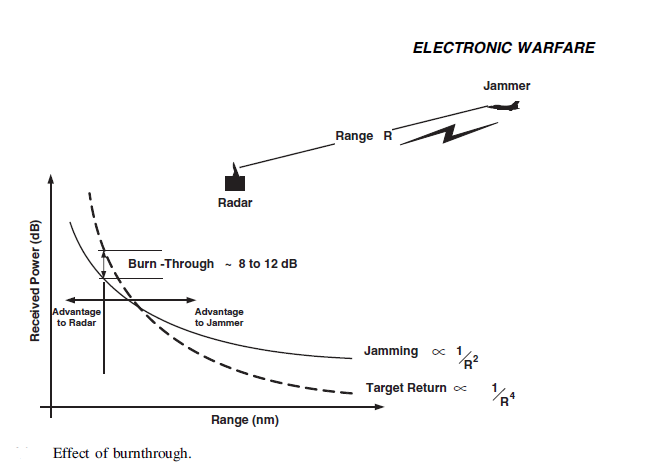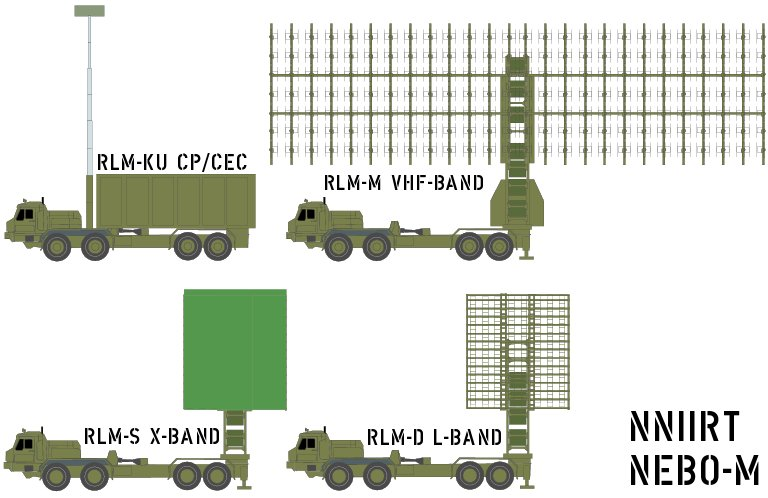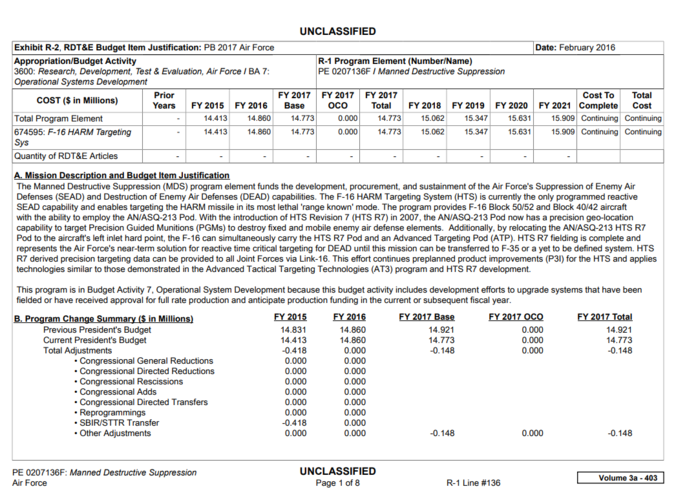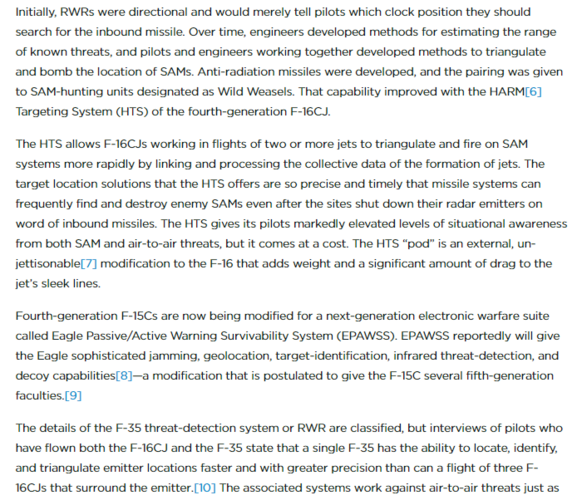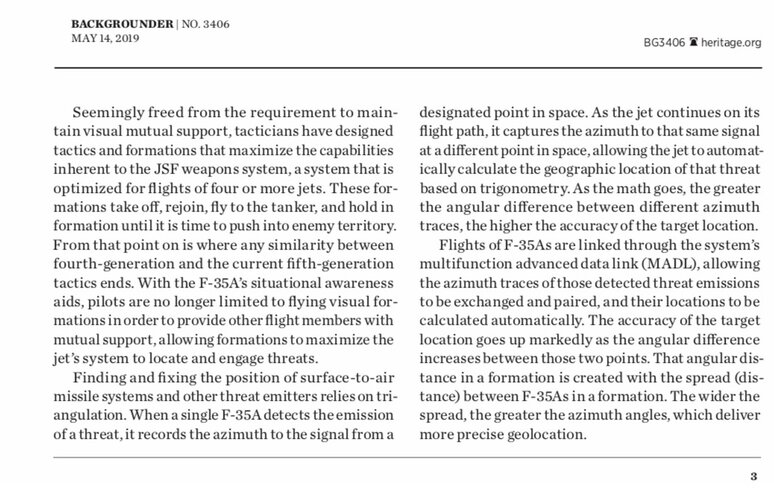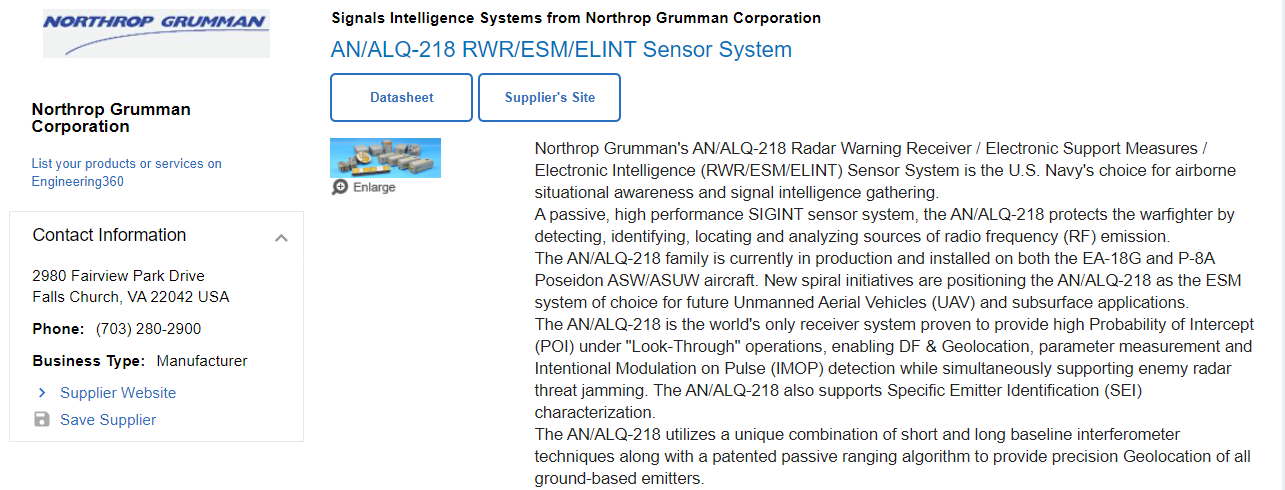I want to clarify something: Firstly, the part that you quoted referring to Rayleigh region when the wavelength is longer than the circumference of the aircraft, normally an aircraft is 15-16 m long, so you need HF frequency to view them in Rayleigh region. The interaction of VHF, UHF, L band radar with normal aircraft is mostly in Mie region. In Mie region, the blended curve, serrated edges, serrated panels, conductive paint over gaps, trailing and leading edge treatment, still have great impact on RCS reduction.
Secondly, even though in Rayleigh region stealth design have no impact, in this region RCS will be reduced when wavelength get longer, this is opposite to Mie region. So while I can see OTH-B radar immune to stealth, OTH-SW radar will struggle.
The aircraft is not a sphere but has many geometric elements, some bigger and some smaller. It is not inly the biggest dimension that counts.
Ferrite magnetic RAM can be much thinner than dielectric RAM because their electrical thickness is much greater than mechanical thickness
Yes, still wavelength is an issue and they have the added compromise of weight. I am not making the absolute point that it is impossible to reduce RCS or that stealth is useless. I am saying that current fighter stealth can be countered with certain radar systems. There is always a way to optimize a system and a way to counter it. With the increasing complexity, a moment is reached where air forces can feel the pressure of putting some of their focus rather on attritable platforms than on ultra-expensive really VLO ones. Of course signature managament is here to stay on almost every platform and every air force, because it makes a lot of sense for many reasons.
Low frequency radar has the benefit of making the reflection lobes wider but at the same time, wider lobes resulted in lower intensity. In the photo I posted earlier, you can see that the energy return intensity at 300 MHz is about 0.09% of 10 GHz
The advantage of OTH systems is that they handle monstrous levels of power. So a fraction of the power is still a lot. Nebo-M also uses serious levels of power and added to that, a multiband structure. I don't exactly know how they extract simultaneous information from the different bands but that is apparently how the system works.
Resolution cell isn't a fixed volume, it has the same size as: (vertical beam width)*(horizontal beam width)* (pulse width) so it will get bigger with range.
Sure, it happens at any frequency.
Secondly, Konteyner radars are build with overlapping field because it is an OTH-B radar, and OTH-B radar has very big blind spot around them called the skip zone because they need to be reflected from the ionosphere. This blind skip zone is anywhere from 1000-3000km in diameter
I meant the upcoming Konteyner unit in Kaliningrad and the rest of units that are planed to be built, which will overlap on some regions and will cover the whole border against aerodynamic targets. Since they have a huge range, they can see aircraft at the runway 2000 km away from the borders despite being 1000 km inland. For a small country this skip zone is indeed a problem, for bigger ones it is not.
AESA/PESA radar can perform scan very rapidly in irregular pattern so they won't need to reveal position of the carrier for very long, and the pilot has option to use their radar only once a while.
This is a bit of the same old double standards. E-2D, as Josh_TN mentioned in the original thread where we started discussing this issue, is marketed as having both anti-stealth capability and being capable of target-quality tracking info with a UHF radar, and nobody bats an eyelid. ESM systems on the F-35 are supposed to get tracking quality info out of any emitting source out there and everybody is happy.
An emitting source like a radar, if it is in active scan mode and illuminates a receptor listening, can be seen and located at the single platform level.
geolocate a noncooperative moving airborne target with ESM system is very implausible in most cases because the change of bearing for a fast target at long range and a slow target at close range can be the same. Motion analysis method might allow a guesstimate of the range and target velocity but you need your target to maintain the same course, speed, altitude for a while or your estimation will get a huge error and become useless.
See above, there are different ESM antennas on every modern plane well separated to improve their capability to discern the direction of any emitter they pick up. Just a tiny phase shift is enough for that discrimination method to work.


